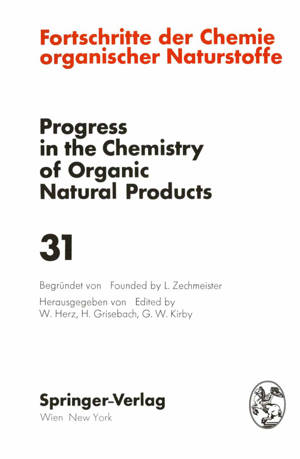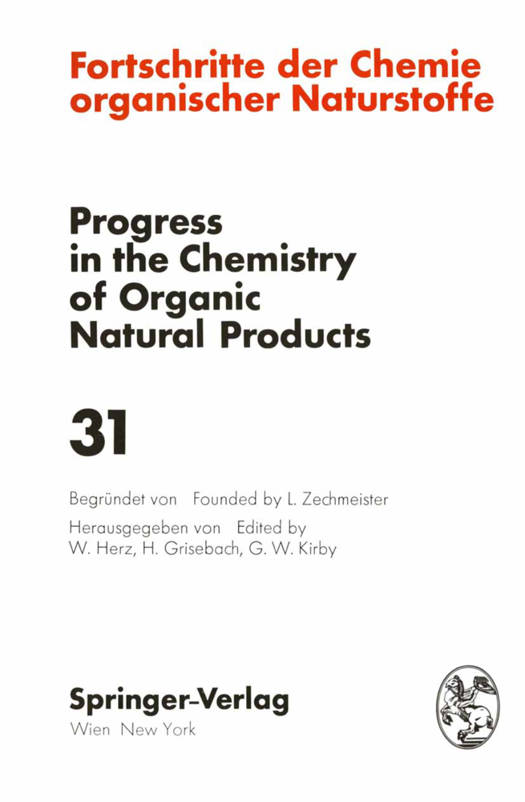
- Afhalen na 1 uur in een winkel met voorraad
- Gratis thuislevering in België vanaf € 30
- Ruim aanbod met 7 miljoen producten
- Afhalen na 1 uur in een winkel met voorraad
- Gratis thuislevering in België vanaf € 30
- Ruim aanbod met 7 miljoen producten
Zoeken
Fortschritte Der Chemie Organischer Naturstoffe / Progress in the Chemistry of Organic Natural Products
N H Andersen, St F Brady, C M Harris, Th M Harris, E Hecker, K B Hindley, D N McGregor, J A Marshall, J C Roberts, R Schmidt, G N Schrauzer, G A Swan, Ch Tamm, H Wagner, E Winterfeldt
€ 112,95
+ 225 punten
Omschrijving
The verrucarins and roridins are secondary metabolites of the soil fungi Myrothecium verrucaria (Albertini et Schweinitz) Ditmar ex Fries and Myrothecium roridum Tode ex Fries. The species Myrothecium belongs to the fungi imperfecti, order of Moniliales, family Tubercularia- ceae (30, 17, 32). The distinction between these and other closely related fungal species is difficult. It has been studied and discussed by various authors (82, 16, 55, 75, 62, 43). Myrothecium species are parasitic on leaves of Gardenia, tomatoes, violets, kidney beans, snapdragons and other common plants. They are also found on decaying tissue and in soil. It was known earlier that cultures of the two species mentioned exhibit cellulolytic properties due to the presence of a very active cellulase which was used for the treatment of cellulose during the production of textiles [for leading references see (42, 66)]. The first investigation of the secondary metabolites of these micro- organisms was carried out by BRIAN and MCGOWAN (16). They isolated a crystalline compound, designated as glutinosin and assigned the formula C4sH60016, from cultures of Metarrhizium glutinosum S. Pope, which in fact is a Myrothecium species (82, 55). Glutinosin exhibited anti- fungal activity. Eight years later BOWDEN and SCHANTZ (14) described the isolation and characterization of a dermatitic or skinirritating crystal- line compound melting at 38°, and possessing the formula C H 04, 1s 22 from culture filtrates of Myrothecium verrucaria. They suspected the presence of additional biologically active substances.
Specificaties
Betrokkenen
- Auteur(s):
- Uitgeverij:
Inhoud
- Aantal bladzijden:
- 696
- Taal:
- Engels
- Reeks:
- Reeksnummer:
- nr. 31
Eigenschappen
- Productcode (EAN):
- 9783709170960
- Verschijningsdatum:
- 6/11/2011
- Uitvoering:
- Paperback
- Formaat:
- Trade paperback (VS)
- Afmetingen:
- 156 mm x 234 mm
- Gewicht:
- 979 g

Alleen bij Standaard Boekhandel
+ 225 punten op je klantenkaart van Standaard Boekhandel
Beoordelingen
We publiceren alleen reviews die voldoen aan de voorwaarden voor reviews. Bekijk onze voorwaarden voor reviews.








